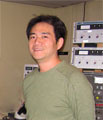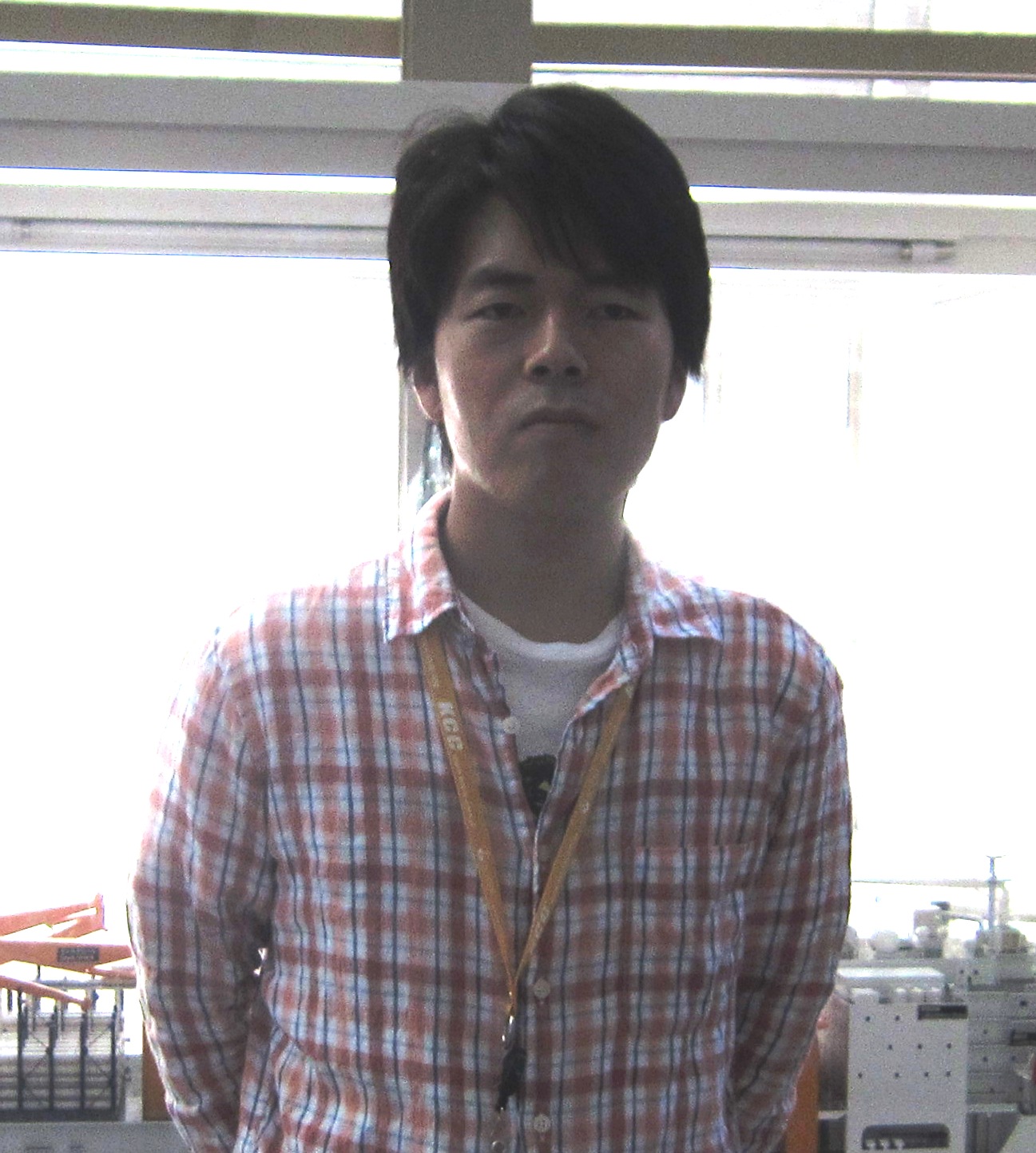Outline
The KOCHI JAMSTEC has one of the most comprehensive laboratories (TIMS, ICP-MS, MC-ICPMS, SIMS, TEM, and FIB) in Japan covering the complete system from preparation to analysis of the isotopes and trace elements in geological, environmental and biological samples to understand water-rock interactions, geologic processes, global to regional geochemical cycles, and limits of subseafloor life.
The missions of the KOCHI JAMSTEC are to acquire the high quality data, to revolutionize in technical development and applications of multidisciplinary sciences, and to maintain instruments as a world-class facility.

Detail of our research
Analyses on the trace element abundance and the isotope ratio, and the microstructure observation are the essential skills and applicable for every scientific field. Taking this advantage, we aim to develop our techniques of ultrahigh-precision isotope ratio analysis, trace element abundance and isotope ratio analysis in sub-micron scale, and high resolution textural observation. Combining with the high precision analysis based on TIMS and ICPMS, and microanalysis using SIMS and TEM, our institute has established a powerful infrastructure to accommodate any scientific needs on ultrahigh precision and ultra-trace amount analyses on elemental abundance and isotope ratio with structural observation of various spatial resolution from macro-scale to nano-meter scale. These techniques and infrastructures will be applied to reveal the mechanism of the earthquake using drilling core samples collected from very deep underground including that by the mantle drilling program in future, and the metabolic function of lives living in deep seafloor.
1) Development of ultra-high precision isotope ratio analysis
After the development of Kochi Institute for Core Sample Research in 2005, it had been required to create laboratories and set up the analytical instruments followed by the establishment of the various analytical methods to promote the facilitation of studies using drilling core samples. We aim to develop (i) high precision, (ii) quick, and (iii) simple isotope ratio analyses by using a multicollector ICP mass spectrometer (MC-ICPMS), Neptune, and a thermal ionization mass spectrometer (TIMS), Triton in various collaboration studies with community of drilling sciences and others.
2) New development on the geochemical study revealing the mechanisms of fault slipping during earthquake
It has been theoretically suggested that the pore-pressure increase triggered by the frictional heating in fault during the earthquake results in weakening and following slipping of the fault. However, an evidence of the generation of high temperature fluid by this process has never been observed in natural samples. We collaborarated with the Rock Mechanics Research members and has made detailed analyses of drilling core samples collected from the Chelungpu fault which caused the Chi-Chi earthquake (M 7.6) in 1999 (Taiwan Chelungpu fault Drilling Project; TCDP). We observed a unique and clear variation in the chemical compositions only in the rocks composing the fault zone showing the decrease in the concentrations of lithium, rubidium, and cesium, decrease in the strontium isotope ratio, and increase in the strontium concentration. In addition, we newly proposed a model calculation based on the high temperature water-rock interaction experiment. Combining the geochemical data with the experimental-based modelling, we showed, for the first time in the world, that high temperature fluid (> 350°C) existed in the fault during the earthquake and chemically interacted with the fault rock.
3) Innovative studies on the microanalyses
An introduction of ultrahigh-resolution secondary ion mass spectrometer (NanoSIMS) by the Leading-edge Research Infrastructure Program at 2011 greatly enhanced our research potential. High resolution isotope imaging not only newly enables us to study the single cell analysis on the seafloor microbes which is the original target for the introduction of the instrument, but also to analyze a variety of processes associated with material transfer and cycling in sub-micron scale. At the end of the fiscal year of 2013, we had newly installed a large geometry ultrahigh sensitivity magnetic sector SIMS (IMS-1280HR), focused ion beam apparatus (FIB), and transmission electron microscope (TEM). The new equipment together with a standard SIMS (IMS-6F) relocated from the University of Tokyo and NanoSIMS which our institute already had, made the Kochi Institute for Core Sample Research the institute of the highest level in the world in ultrahigh-sensitivity and ultrahigh-precision microanalysis. We have already finished initial setup for these new analytical equipment and currently developing analytical routines and application steps. For instance, several studies such as (i) isotope ratio analysis of light elements in asteroid samples collected by the Hayabusa mission, (ii) high precision analysis on oxygen isotope ratio of zircon single crystal for continental evolution, (iii) multiple isotope and trace element analysis of volatile (water, CO2, halogens, and sulfur) and lead in melt inclusion for understanding of water and material transfer to the Earth’s interior, (iv) formation process of clay minerals in the sediments, has already been launched.
Research facilities
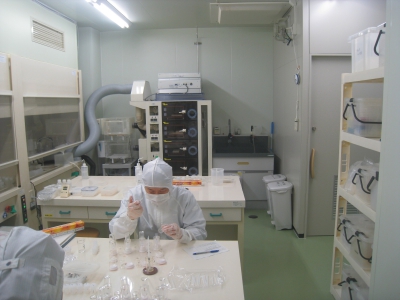
|
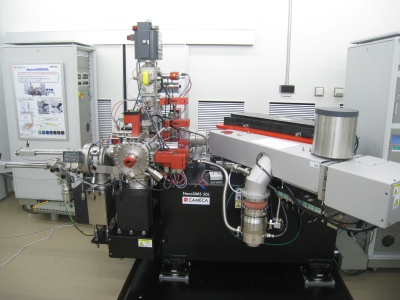
|
| Preparation room for ICP mass spectrometer For the digestion and pre-treatment of samples such as rocks, and chemical separation of elements |
Secondary Ion Mass Spectrometer (NanoSIMS) |
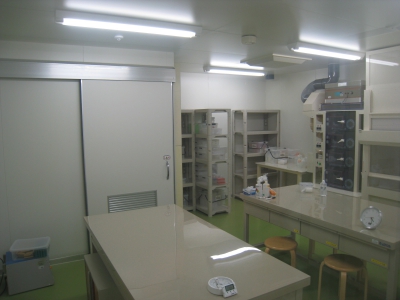
|
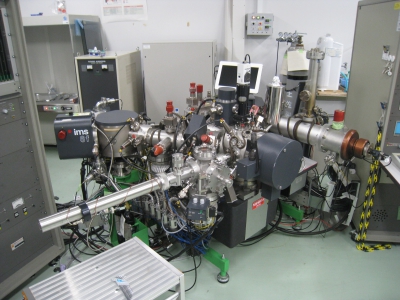
|
| Clean room for high precision isotope geochemistry For pretreatment of lithium and boron, and isotope spike sample |
Secondary Ion Mass Spectrometer (IMS-6F) For measurement of elemental abundance with ~10 μm primary beam |
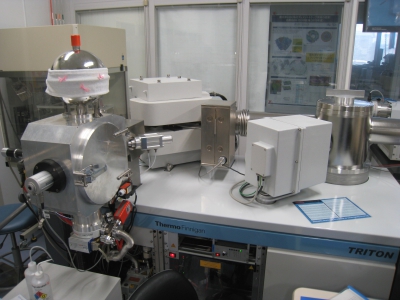
|
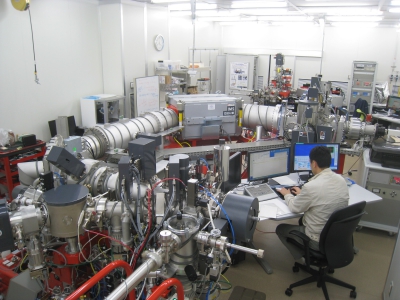
|
| Thermal Ionization Mass Spectrometer (TIMS Triton) For ultra high precision isotope ratio analysis |
Secondary Ion Mass Spectrometer (IMS-1280HR) For high precision isotope analysis with ~10 μm primary beam |
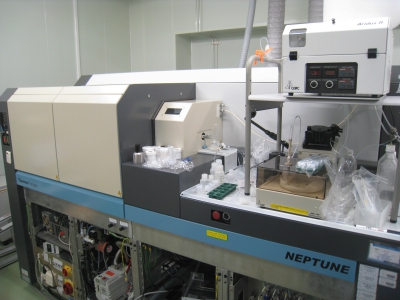
|
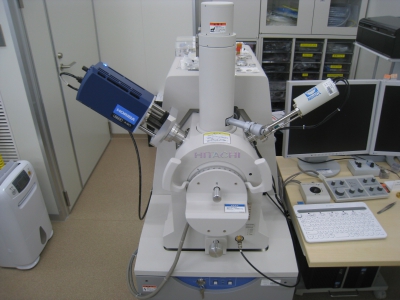
|
| Multicollector ICP Mass Spectrometer (MC-ICPMS Neptune) For high precision quick isotope ratio analysis |
Scanning Electron Microprobe (SEM) For observation of micro scale sample |
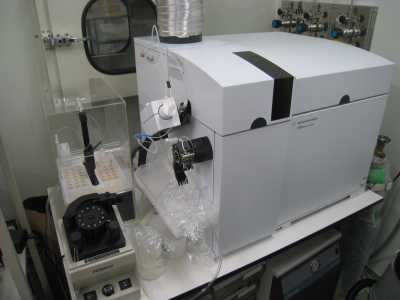
|
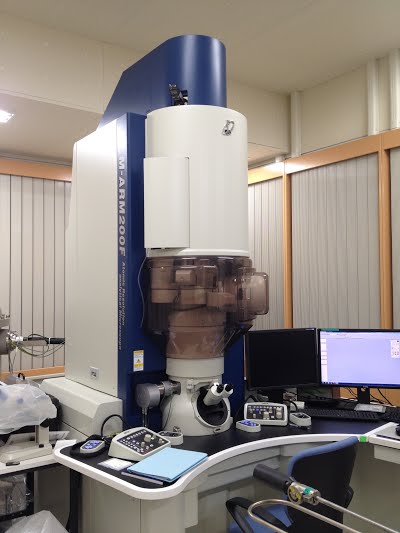
|
| ICP Mass Spectrometer (Agillent 7700x) For quick analysis on elemental abundance |
Transmission Electron Microprobe (TEM ARM-200F) |
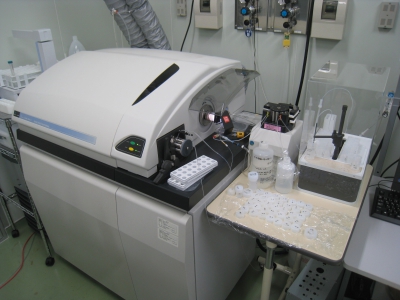
|

|
| ICP Mass Spectrometer (Elan DRCII) For quick analysis on elemental abundance of lithium and boron |
Focused Ion Beam (FIB SMI4050) For microfabrication in cm-scale sample and thin film preparation for TEM. Combined system of focused Ion beam and Scanning Electron Microscope (FIB SMJ4000L) |

|
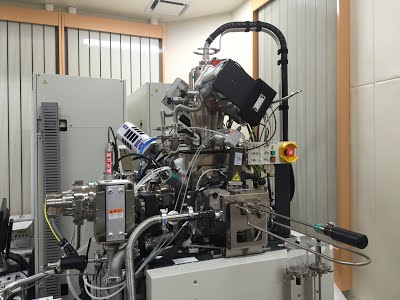
|
Femtosecond laser (IFRIT) |
Focused Ion Beam (FIB SMJ4000L) For surface manufacture in 1-2 mm scale and thin film for TEM observation |
| NanoSIMS | TEM |


